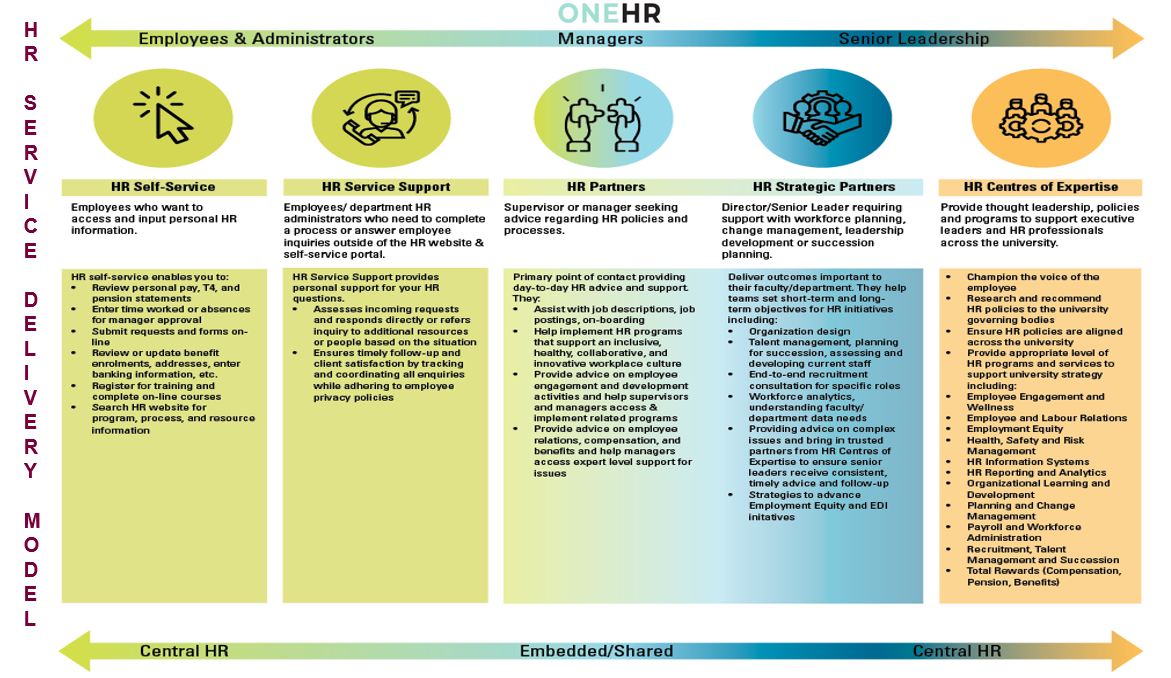As inbound marketing is being strengthened in the human resources support service industry such as human resources business, content SEO is being carried out to operate HR-related owned media and increase access to company sites.
This time, we will touch on the SEO measures taken by HR support service companies, especially the important keyword selection.
Review of SEO measures
If you are new to SEO measures, please read the column below first to better understand this column, so I will introduce it first.

3 types of search keywords (queries)
When selecting keywords for SEO measures, it is necessary to understand the keywords (also called queries) that users enter when searching for information on a site using a search engine.
There are three types of keywords (queries): “Do query (transaction type),” “Know query (information type),” and “Go query (guidance type).”

◆Do query
Also known as transactional queries, keywords are used by users to perform some kind of action, such as requesting information, registering for an e-mail newsletter, or downloading something.
Searchers have a strong desire to take action, and these keywords are likely to lead to direct conversions (hereinafter referred to as CV).

◆Know query
Also called an informational query, it is a keyword that users use to gather information such as knowledge, methods, and know-how regarding a certain problem.
For example, it includes the meaning of the word solution, effects, price, specifications, etc.
This is a group of keywords that are important in content SEO and content marketing.

◆Go query
Also known as navigational queries, keywords are used by users to find a specific website.
For example, this applies when directly entering a site name such as Yahoo, Facebook, or Amazon, or a company name.

Points for selecting keywords

◆Understand the current situation using the keyword selection tool
In order to aim for higher rankings for Do queries and Know queries, first use the following tools to understand the current status of each keyword.
- Understand related words using the Google search suggestion function (a function that automatically displays related keywords when you enter a keyword on a search site such as Google)
- Use Search Console (Google’s free service to monitor and manage your site’s performance in search results) to understand the search rankings of your content and the keywords that are flowing to your site.
-
Understand the search volume of your keywords with Google Ads Keyword Planner (Google’s free service for finding effective keywords)
[
Google Search Console
] [
Keyword Planner
]

◆Aim for long tail keywords instead of big words
Once you understand the current situation using the keyword selection tool, you can start actually selecting keywords.
Rather than blindly targeting big words with high search volume, it is important to target compound words (keywords that are a combination of two or more keywords).
Because big words have a high search volume, there are many competing sites, making it difficult to get your site to the top of search results.
Therefore, choose compound words that have few competing sites and that can target users who can be your target.
These types of keywords that have a low number of searches are called “long-tail keywords” and are explained in detail here, so please refer to them.
◆Aim for keywords with weak content on competing sites
Competitive sites’ content that ranks high in search rankings for big words is highly evaluated by users and search engines, making it a strong piece of content.On the other hand, if a competing site’s content is weak, there is a high possibility that it will rank high. It will be.

Points to note when selecting keywords
/key-performance-indicators-2275156-v4-HL1-f9d0bf761c254f748d5ff192ec52b2c4.png)
◆Keyword selection that does not mix toC (user side) and toB (company side)
For BtoBtoC (both users and companies) products such as recruitment-related services, care must be taken to avoid mixing keywords between users and companies.
To give an example of an aptitude test for new graduates and mid-career hires, the keywords searched by users and companies are different, as shown below.
User side ⇒ “Aptitude test preparation” “Aptitude test question collection” “Fail aptitude test”
Company side ⇒ “Aptitude test fee” “Aptitude test reputation” “Aptitude test comparison”
Even if content for businesses is ranked high for user search keywords, it is meaningless as it is not reaching the target businesses.
◆Is the CV setting place a trial application or a paid application?
There are free services such as trial services for attendance management systems, etc., but keyword selection differs depending on whether you want to set up your CV as an application for a free trial service or as an application for a paid service after a trial.
The original purpose of SEO measures is to acquire new customers and increase sales, so if you use a free application as a CV, you will also need to separately look at the withdrawal rate.
In the case of a paid application, it is necessary to verify whether the trial measures were effective during the process leading up to the paid application. The location for keyword selection and verification differs depending on where the CV is set, so we will consider the method according to your company’s service.

summary
◆There are three types of user search keywords: “Do query (transaction type),” “Know query (information type),” and “Go query (guidance type).”
◆Use a keyword selection tool to understand the current situation, and instead of focusing on big words, aim for compound words whose content is difficult to compete with (long tail SEO) or words whose content is weak on competing sites.
◆When selecting keywords, be careful not to mix them with user-side and company-side keywords, and be careful where to set your CV.

